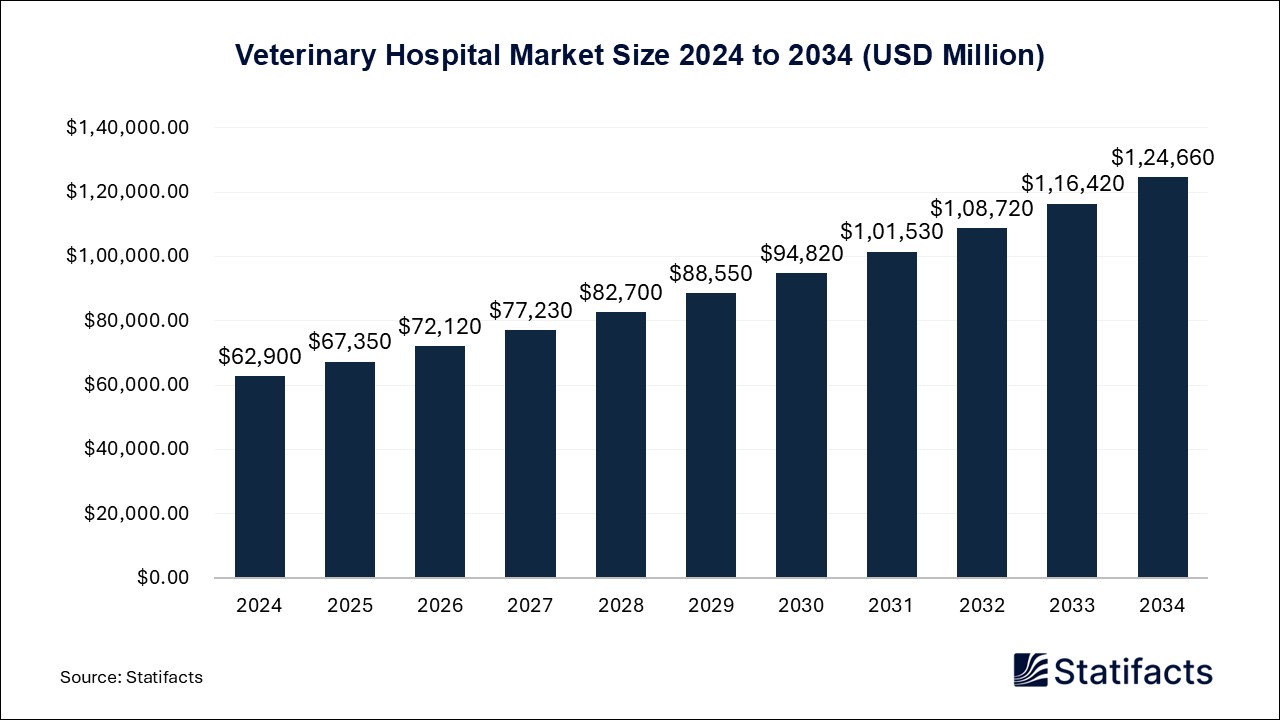
By clicking “Accept All Cookies” you agree to the storing of cookies on your device to enhance site navigation, analyze site usage, and assist in our marketing efforts.
Privacy PolicyThe global non-viral gene delivery technologies market size was calculated at USD 3,800 million in 2024 and is predicted to attain around USD 12, 220 million by 2034, expanding at a CAGR of 12.39% from 2025 to 2034.
| Industry Worth | Details |
| Market Size in 2025 | USD 4,270 Million |
| Market Size by 2034 | USD 12,220 Million |
| Market Growth Rate from 2025 to 2034 | CAGR of 12.39% |
The non-viral gene delivery technologies market refers to the production, distribution, and use of non-viral gene delivery technologies that depend on physical or chemical methods of delivering genetic material into a cell. This can be either a physical technique or a chemical technique. Non-viral systems include all the physical and chemical systems and generally include either chemical methods, like cationic liposomes and polymers, and physical methods like electroporation, gene gun, ultrasound utilization, particle bombardment, and magnetofection.
Non-viral gene delivery depends on physical or chemical methods of delivering genetic material into a cell. Non-viral vectors have gained significant attention over the past two decades due to their benefits like low immunogenicity, stability, safety, high gene loading capacity, and flexible chemical design. Recently chemical non-viral vectors have gained immense popularity in the field of gene delivery. These systems have many benefits over viral systems like safety, immune privilege, reduced toxicity, ability to transfect high quantities of genetic material, and simple preparation.
Rising investment in the biotech sector driving the growth of the non-viral gene delivery technologies market. Biotechnology is the branch of science that combines biology and technology with the aim of enhancing people’s quality of life. It uses living cells or any of their components to develop products with specific aims. Biotech stocks have the potential for significant investment gains if a product is deemed effective and safe. Investment opportunities in biotechnology include emphasis on biomanufacturing, growing biologics, and biosimilars market, and strategic location for integration of global supply chain.
Biotechnology has proven a safety record and benefits farmers, consumers, and the environment by producing more food per acre while conserving water and reducing the need for chemicals, pesticides, and tilling. Biotechnology can also improve the nutritive value of foods to enhance overall nutrition and health. It is used to enhance the yield, as well as in the production of genetically superior crops that have better disease resistance and stress tolerance. The crops can be incorporated with desirable genes that provide resistance to diseases as well as pests.
Rising demand for gene therapies driving the growth of the non-viral gene delivery technologies market. Gene therapy aims to fix a faulty gene or replace it with a healthy gene to try to cure disease or make the body better able to fight disease. It holds promise as a treatment for a wide range of diseases like cancer, hemophilia, diabetes, heart disease, cystic fibrosis, cancer, and AIDS. Gene targeting is an attractive approach to gene therapy of genetic diseases because it can lead to the accurate correction of the defect in the target locus of interest and it can correct both dominant and recessive mutations.
In the future, however, genetic therapies are expected to revolutionize the treatment of rare genetic diseases. The aim is that these therapies will reduce the symptoms of the diseases or even cure them. Genetic therapies are a group of techniques developed to correct defective genes. Gene therapy can offer quality-of-life enhancements like informed functions, reduced or eliminated pain or suffering, and a physical sense of well-being. The anticipated durability of gene therapies is typical among disease treatments, but time and additional study are needed to quantify it.
Published by Rohan Patil
| Subsegment | 2024 | 2025 | 2026 | 2027 | 2028 | 2029 | 2030 | 2031 | 2032 | 2033 | 2034 |
|---|---|---|---|---|---|---|---|---|---|---|---|
| Chemical | - | - | - | - | - | - | - | - | - | - | - |
| Physical | - | - | - | - | - | - | - | - | - | - | - |
| Subsegment | 2024 | 2025 | 2026 | 2027 | 2028 | 2029 | 2030 | 2031 | 2032 | 2033 | 2034 |
|---|---|---|---|---|---|---|---|---|---|---|---|
| Research | - | - | - | - | - | - | - | - | - | - | - |
| Therapeutics | - | - | - | - | - | - | - | - | - | - | - |
| Subsegment | 2024 | 2025 | 2026 | 2027 | 2028 | 2029 | 2030 | 2031 | 2032 | 2033 | 2034 |
|---|---|---|---|---|---|---|---|---|---|---|---|
| Biotechnology and Biopharmaceutical Companies | - | - | - | - | - | - | - | - | - | - | - |
| Research and Academic Institutes | - | - | - | - | - | - | - | - | - | - | - |
| Others | - | - | - | - | - | - | - | - | - | - | - |
To get full access to our Market Insights, you need a Professional Account or a Business Suite.

You will receive an email from our Business Development Manager. Please be sure to check your SPAM/JUNK folder too.

You will receive an email from our Business Development Manager. Please be sure to check your SPAM/JUNK folder too.

Our customers work more efficiently and benefit from

